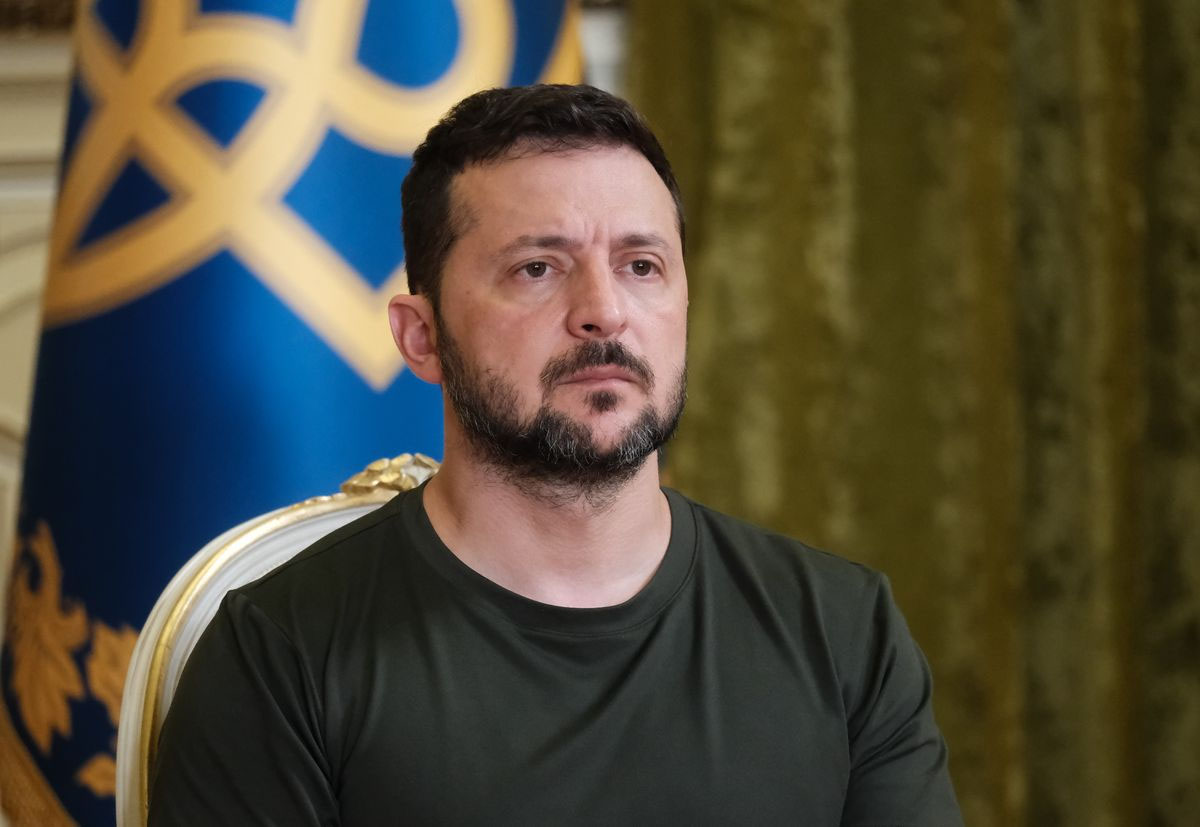
Photo Credit: Getty Images
One of the pivotal escalations in the war between Ukraine and Russia, Ukrainian President Volodymyr Zelensky has just confirmed that North Korean troops have fought alongside Russian forces in Ukraine’s contested border area. According to reports, North Korea has mobilized thousands of soldiers, estimated at 10,000-12,000, into the Russian region of Kursk, combined with Russian forces to oppose advancing Ukrainian forces. This is a consequence of a defense pact in June between Moscow and Pyongyang amidst closer ties while Russia seeks support from outside due to its stretched military.
Zelensky also said some of those North Korean units have already clashed with Ukrainian forces, coming away with casualties, though he did not detail which specific losses. The involvement of North Korea has generated alarm across the West as a major geopolitical escalation. The United States, South Korea, and other allies have sounded warnings against North Korea’s involvement, cautioning that this may extend the influence of the conflict beyond Europe. That development also underlined how profound the challenges are that Russia faces in maintaining control along its long front lines, reaching outside its borders for manpower to reinforce its defenses.
The North Korean deployment adds a layer of further complexity to the sprawling web of international alliances. While North Korea provided initial support to Russia through artillery and ammunition, this is an entirely different degree of participation with its soldiers. The U.S. National Security Council and officials in South Korea have noted that North Korean soldiers, initially assessed at up to 3,000, have been training and equipping for winter warfare at Russian bases near Ukraine-a possible sign of a long-term strategy.
Meanwhile, Russian President Vladimir Putin has already responded to the news about Donald Trump’s re-election with an expression of readiness for negotiations with Trump, who has spoken for a prompt solution to be brought to the conflict in Ukraine. Trump vowed he would stop the war in “24 hours” by negotiations, and this already caused concerns in Kyiv about possible shifts in the U.S. approach to its support. Trump’s plans presuppose some concessions on the part of Ukraine, including ceding certain territories like Crimea or parts of Donbas-a move which Zelensky has refused flat out. Analysts say this may be a recipe for freezing the conflict, with an outcome of solidifying Russian territorial gains.
This is an added conjunction of a changed alliance matrix, deployment of foreign troops, and possible changes to foreign policy impetus that puts an added burden on Ukraine and its Western allies. Presently, the NATO members and the European Union debate strategic options to reinforce the defenses of Ukraine as Kyiv prepares for possible policy shifts that might redefine the direction of the conflict.
The situation has continued to play out, with international leaders weighing options for additional sanctions and support as Ukraine clamors for advanced weaponry in response to what Zelensky describes as a “new wave of escalation” joined by North Korea in the war. This dynamic assumes to point toward a possibly ongoing conflict that could be expanded, with deepening foreign involvement.
















